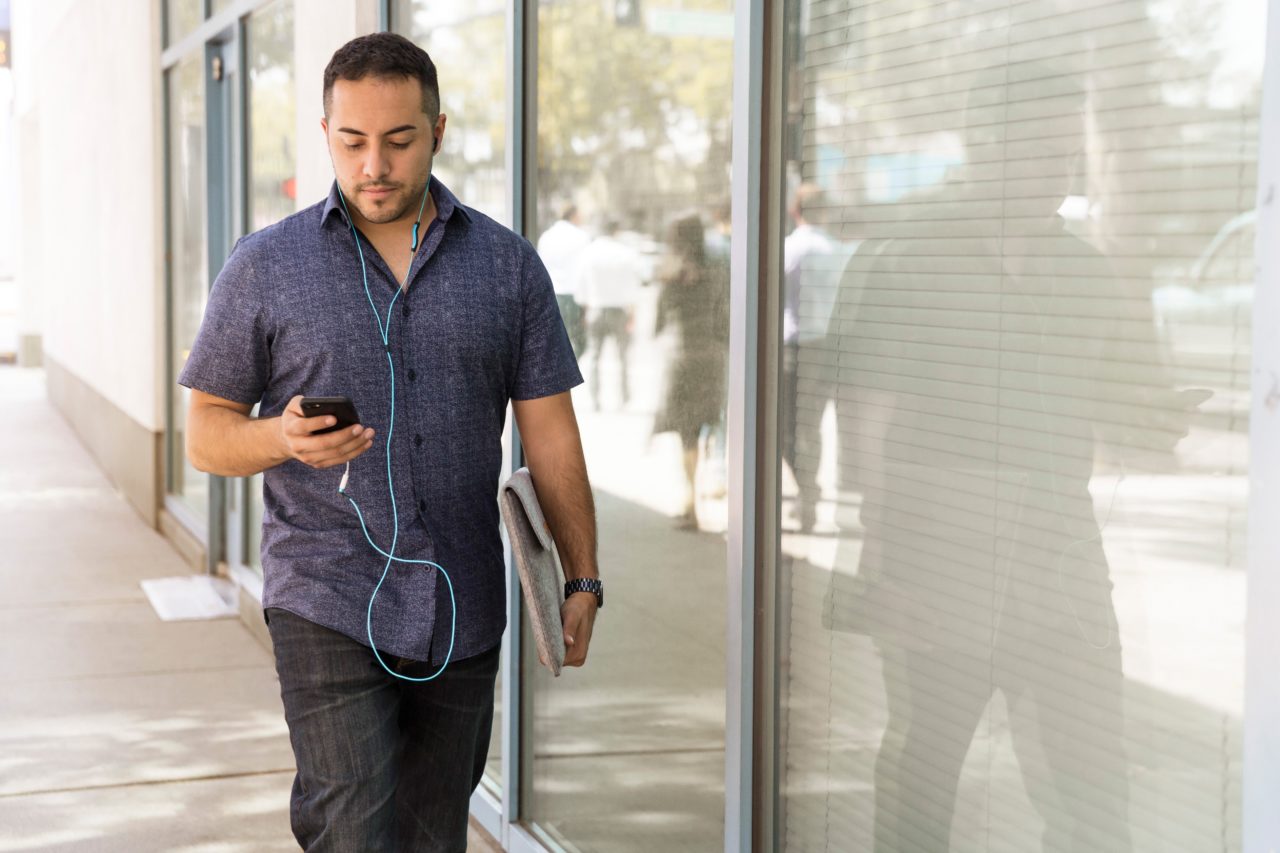Cellphones have been a staple accessory since the iPhone was invented in 2007. In addition to helping us connect with others all over the world and improve our speed of communication, cellphone usage may also be responsible for an increase in head and neck injuries.
New Research on Head & Neck Injuries

This past December, research was published in the journal JAMA Otolaryngology–Head & Neck Surgery looking at the relationship between smartphone usage and injuries to the head and neck. While previous research has been conducted on cellphone and injuries, they only looked at those associated with distracted walking.
The lead author of “Head and Neck Injuries Associated With Cell Phone Use,” Dr. Boris Paskhover started looking into the data after seeking a number of patients with broken jaws and wounds on their face who reported their injuries stemmed from falling while looking down at their phones.
The study examined cellphone-related injuries to the head and neck as reported by the National Electronic Injury Surveillance System, a database that collects information on emergency room visits from hundreds of hospitals in the U.S.
The researchers looked at reports from 2,501 patients from January 1998 to December 2017. Head and neck injuries from cellphone use were considered rare until the invention of the iPhone in 2007. Since then there was a steep increase, peaking in 2016.
About 40 percent of the injuries occurred in cellphone users between 13 to 29. A third of the cases involved injury to the head, a third affected the face (eyelids, eyes and nose) and 12 percent involved the neck.
How Do Cellphones Cause Injuries?
Most of the cellphone-related injuries occurred when people fell because they were looking at their phones instead of paying attention to their surroundings. This includes texting while walking.
Children younger than 13 were injured by the phones themselves. Either the child was hit by a phone held in a parent’s hand or the child was holding the phone and dropped it on themselves.
Lacerations accounted for 26 percent of all injuries. This type of injury can lead to an increase in anxiety and lower self-esteem.
Around 25 percent of the injuries were bruises and abrasions.
Another 18 percent were injury to internal organs. “We have a skull that protects our brain, but it doesn’t mean it’s impervious. Your brain is soft,” said Paskhover. “I see patients who die just from falling. A fall from upright – you fall, you hit your head the wrong way, you get a traumatic brain injury.”
While these results are not dramatic enough to warrant a ban on cellphone use, it should make you rethink your use of the device. “Don’t be distracted – period,” he said. “Be self-aware. Answer a text message, fine, but you shouldn’t be walking around reading articles on your phone.”
To learn more about how to protect your head and neck from injury, contact the experts at San Diego ENT.
